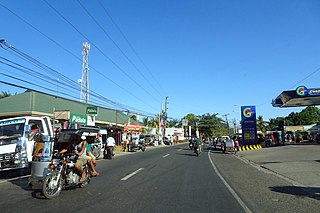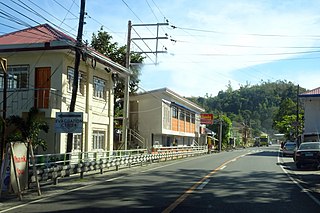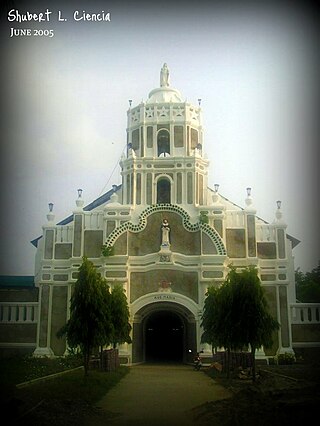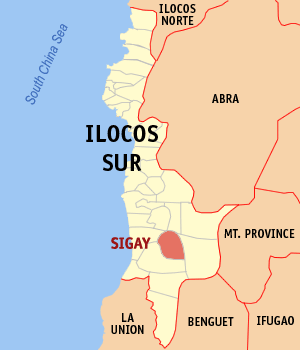
Vigan, officially the City of Vigan, is a 4th class component city and capital of the province of Ilocos Sur, Philippines. According to the 2020 census, it has a population of 53,935 people.

Narvacan, officially the Municipality of Narvacan, is a 2nd class municipality in the province of Ilocos Sur, Philippines. According to the 2020 census, it has a population of 46,234 people.

Laoag, officially the City of Laoag, is a 3rd class component city and capital of the province of Ilocos Norte, Philippines. According to the 2020 census, it has a population of 111,651 people.

Currimao, officially the Municipality of Currimao, is a 4th class municipality in the province of Ilocos Norte, Philippines. According to the 2020 census, it has a population of 12,215 people.

Banayoyo, officially the Municipality of Banayoyo, is a 4th class municipality in the province of Ilocos Sur, Philippines. According to the 2020 census, it has a population of 7,931 people.

Bantay, officially the Municipality of Bantay, is a 3rd class municipality in the province of Ilocos Sur, Philippines. According to the 2020 census, it has a population of 37,118 people. It is situated just north-east of Vigan, the provincial capital.

Burgos, officially the Municipality of Burgos is a 4th class municipality in the province of Ilocos Sur, Philippines. According to the 2020 census, it has a population of 12,793 people.

Galimuyod, officially the Municipality of Galimuyod, is a 4th class municipality in the province of Ilocos Sur, Philippines. According to the 2020 census, it has a population of 10,244 people.

Lidlidda, officially the Municipality of Lidlidda, is a 5th class municipality in the province of Ilocos Sur, Philippines. According to the 2020 census, it has a population of 4,705 people.

Magsingal, officially the Municipality of Magsingal is a 3rd class municipality in the province of Ilocos Sur, Philippines. According to the 2020 census, it has a population of 31,308 people.

Salcedo, officially the Municipality of Salcedo, is a 4th class municipality in the province of Ilocos Sur, Philippines. According to the 2020 census, it has a population of 11,110 people.

San Esteban, officially the Municipality of San Esteban, is a 5th class municipality in the province of Ilocos Sur, Philippines. According to the 2020 census, it has a population of 8,381 people.

San Ildefonso, officially the Municipality of San Ildefonso, is a 5th class municipality in the province of Ilocos Sur, Philippines. According to the 2020 census, it has a population of 8,190 people.

Santa Catalina, officially the Municipality of Santa Catalina, is a 5th class municipality in the province of Ilocos Sur, Philippines. According to the 2020 census, it has a population of 14,493 people.

Santa Cruz (, officially the Municipality of Santa Cruz, is a 1st class municipality in the province of Ilocos Sur, Philippines. According to the 2020 census, it has a population of 41,366 people.

Santa Lucia, officially the Municipality of Santa Lucia, is a 3rd class municipality in the province of Ilocos Sur, Philippines. According to the 2020 census, it has a population of 25,966 people.

Santo Domingo, officially the Municipality of Santo Domingo, is a 3rd class municipality in the province of Ilocos Sur, Philippines. According to the 2020 census, it has a population of 29,041 people.

Sigay, officially the Municipality of Sigay, is a 5th class municipality in the province of Ilocos Sur, Philippines. According to the 2020 census, it has a population of 2,552 people, making it the least populated municipality in the province.

Sinait, officially the Municipality of Sinait, is a 3rd class municipality in the province of Ilocos Sur, Philippines. According to the 2020 census, it has a population of 25,998 people.

Tagudin, officially the Municipality of Tagudin, is a 2nd class municipality in the province of Ilocos Sur, Philippines. According to the 2020 census, it has a population of 41,538 people.
























